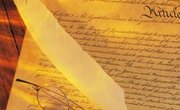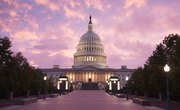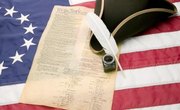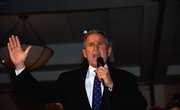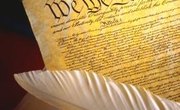The National Electrical Code (NEC) is a book of standards regulating electrical installations in the United States. The NEC is updated and maintained by the National Fire Protection Association (NFPA). While the National Electrical Code is not a law, it is generally adapted by governing bodies and states as part of local laws and building codes. The NEC dates back over 100 years, when various industry groups came together to create a safer standard of electricity in our country.
The First Electrical Regulating Body is Formed
The origins of the National Fire Protection Agency can be traced back to the 1893 World's Fair in Chicago. The 1893 fair was to feature a large display of electric power and lighting. Unfortunately, the creators of this display, including Thomas Edison, disagreed on whether Direct Current (DC) or Alternating Current (AC) were safer for such a large public event. Because of the disagreements, the fair's insurance company retracted coverage of the electrical display. A respected Boston electrician named William Merrill was called in to inspect the lighting and electricity. He deemed the display to be safe, and the insurance company covered the fair without incident. Other companies began to ask William Merrill to provide similar services, and he formed a company known as Underwriters Laboratory to offer electrical safety certifications on new products.
Forming NFPA
Underwriters Laboratory was an immediate success. During the next few years, four more similar organizations were started in the U.S. Each focused on a different branch of fire safety, including electrical and lighting work as well as sprinkler systems. With five different organizations acting independently, electrical installers were following five separate codes. This made uniform systems and connections nearly impossible. On November 6, 1896, representatives from each of these organizations came together at a meeting in New York to discuss fire, electrical, and sprinkler safety and uniformity. The meeting was presided over by fire insurance agent Uberto Crosby. At this meeting, the group drew up articles for a new regulatory association. Article 1 read "This organization shall be known as the National Fire Protection Agency." From that time on, the NFPA has led fire safety efforts in the U.S.
The Origins of the National Electrical Code
One of the first efforts of the newly formed NFPA was to combine the various electrical codes being used at the time into one uniform standard. A committee was assembled in spring of 1897. They took the most effective and fair criteria from each of the 5 codes and created a draft of what was to become the NEC. This draft was then send to over 1,000 reviewers from all over the world, who provided comments and suggested additions and changes. The committee met again in June and incorporated the best of the reviewer comments. The final result was the National Electrical Code of 1897.
Updates to the NEC
The National Electrical Code is updated every three years. While state and local governments have no obligation to update their building codes to reflect changes, they often do stick with the recommendations of the NEC. In most areas, it takes a few years between the release of a new version of the NEC and its adoption by the local authorities. This allows the local code reviewers to incorporate changes gradually to make them reasonable and fair to builders and homeowners. While some governments may not adopt all portions of the new NEC as it is released, the NEC is actually the most universally accepted model code in the country.
Access to the Code
According to federal law, an standard that has been signed into law must be available as public record. This means that copyright protection does not apply, and free and equal access must be granted. To this end, the older versions of the NEC are free to access online or at public records offices (such as your local building permit office). The newer versions of the code, which are generally not signed into law for several years after publication, are sold by the NFPA to support future safety efforts and research. Customers can buy the 1,000 page book or pay for online access to the electronic version. While newer standards may not have been signed into law, many builders try to follow the latest applicable NEC version to help reduce liability and ensure compliance with the law should it change.
Related Articles
Writer Bio
Emily Beach works in the commercial construction industry in Maryland. She received her LEED accreditation from the U.S. Green Building Council in 2008 and is in the process of working towards an Architectural Hardware Consultant certification from the Door and Hardware Institute. She received a bachelor's degree in economics and management from Goucher College in Towson, Maryland.


